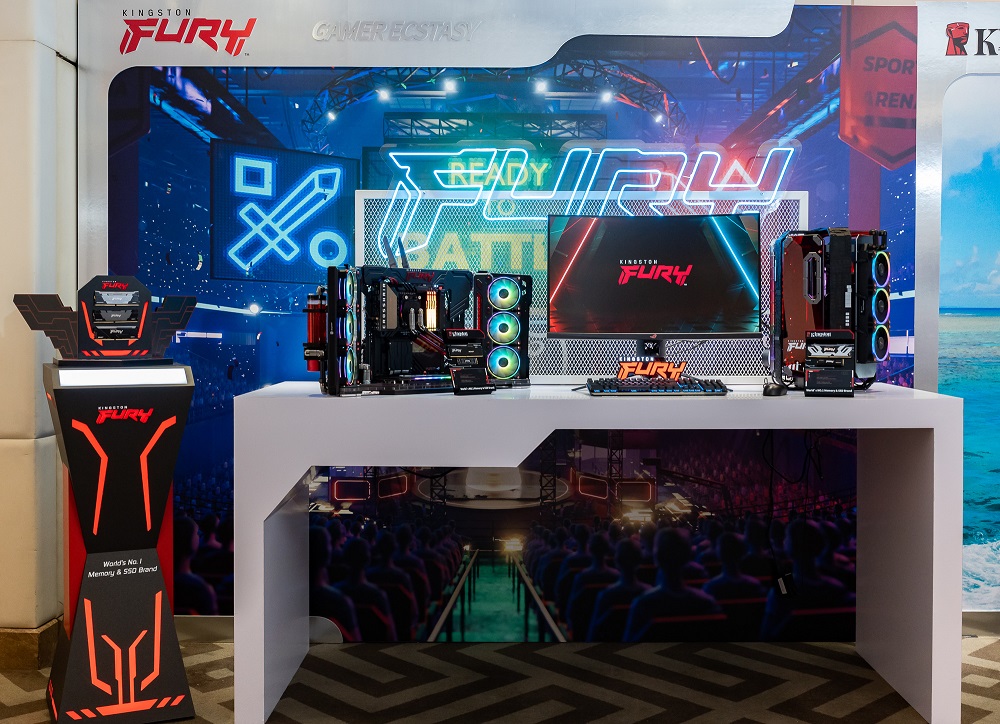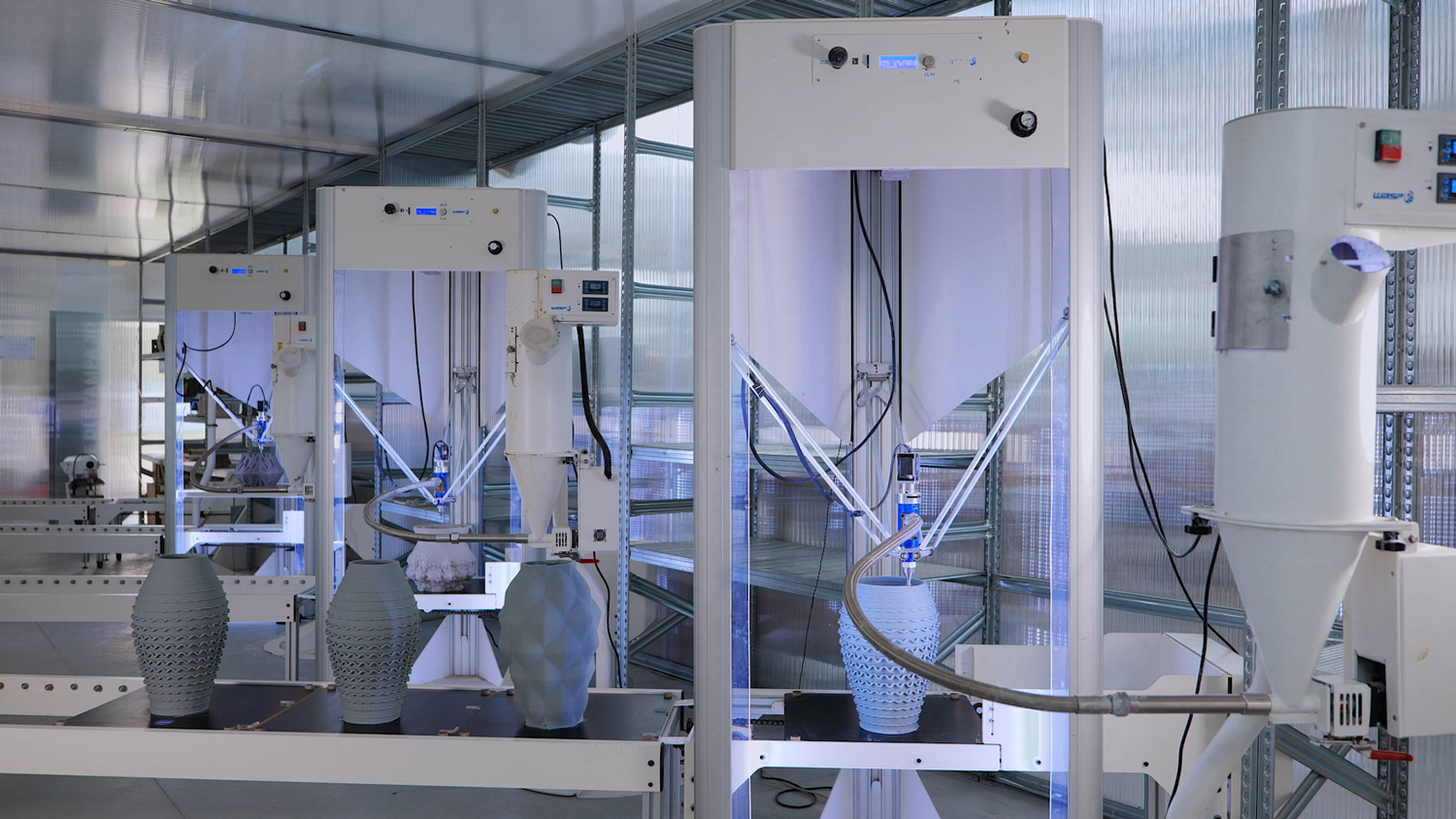Volkswagen presented the next-generation electric and stylish SUV called ID. Code. This EV model targets younger buyers and has a Porsche-like design. However, the ID. Code will not be available in the US and is aimed at Chinese Volkswagen customers. The first glimpse of this concept was provided at the Auto China 2024 in Beijing. According to Volkswagen, the ID. Code is “a first glimpse of a completely new SUV generation,”
The SUV can be traditionally driven or using the Level 4 autonomous mode. Regarding the interior, the ID. Code has an updated display and a newly designed “living space”. Features include Light Cloud, 3D Eyes, and Light Screen, providing information and intelligent communication with their surroundings. An interesting feature is also the AI-assisted avatar, communicating with the driver and passengers via exterior and interior displays (Smart Windows).
Thomas Schäfer, CEO of Volkswagen Passenger Cars: “The ID. CODE provides an initial glimpse of the future of Volkswagen in China: with a new design language, a new technology standard and a holistic brand experience – specifically geared towards the needs and wishes of our Chinese customers. In this way, we are initiating a new era of mobility in China together with our Chinese partners.”
Volkswagen’s chief designer, Andreas Mindt, adds: “With the ID. CODE, we are completely reinterpreting the SUV body. The design demonstrates the elegant and powerful dynamism of a Gran Turismo and is at the same time extremely likeable. The interactive lighting and display systems that this Volkswagen uses to interact with people will also generate excitement.”
In addition, Volkswagen plans to introduce new plug-in hybrids with an electric range of over 100 km (62 miles), which will be electrified versions of the models with ICEs.
Volkswagen also plans to meet all customer needs by having multiple platforms. Hence, the company plans to launch at least four EVs on the China Main Platform (CMP) from 2026. Further global plans include low-cost EV models such as the ID.1 and ID.2, as well as 16 models in the ID line-up by 2030, five of which will be ID. UX models.







